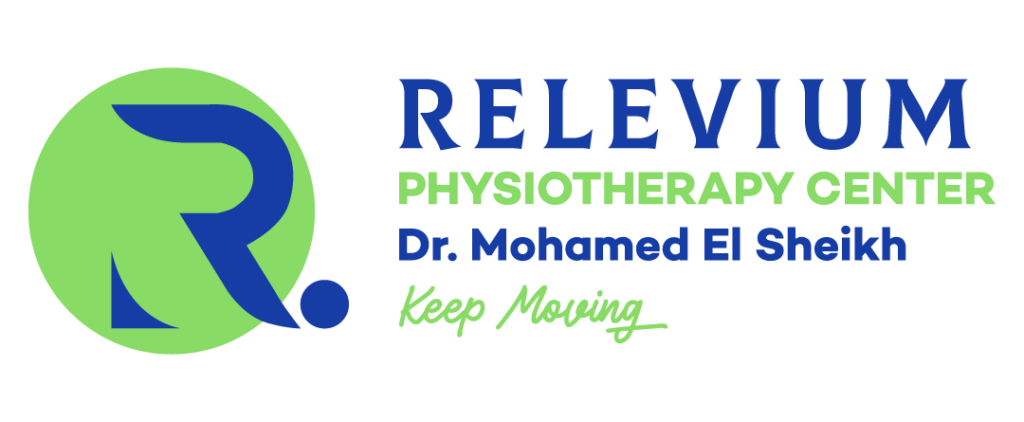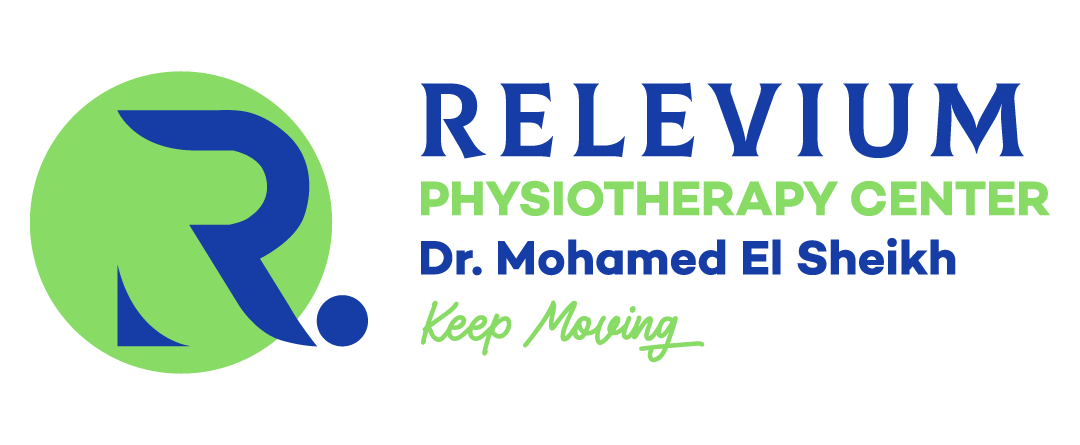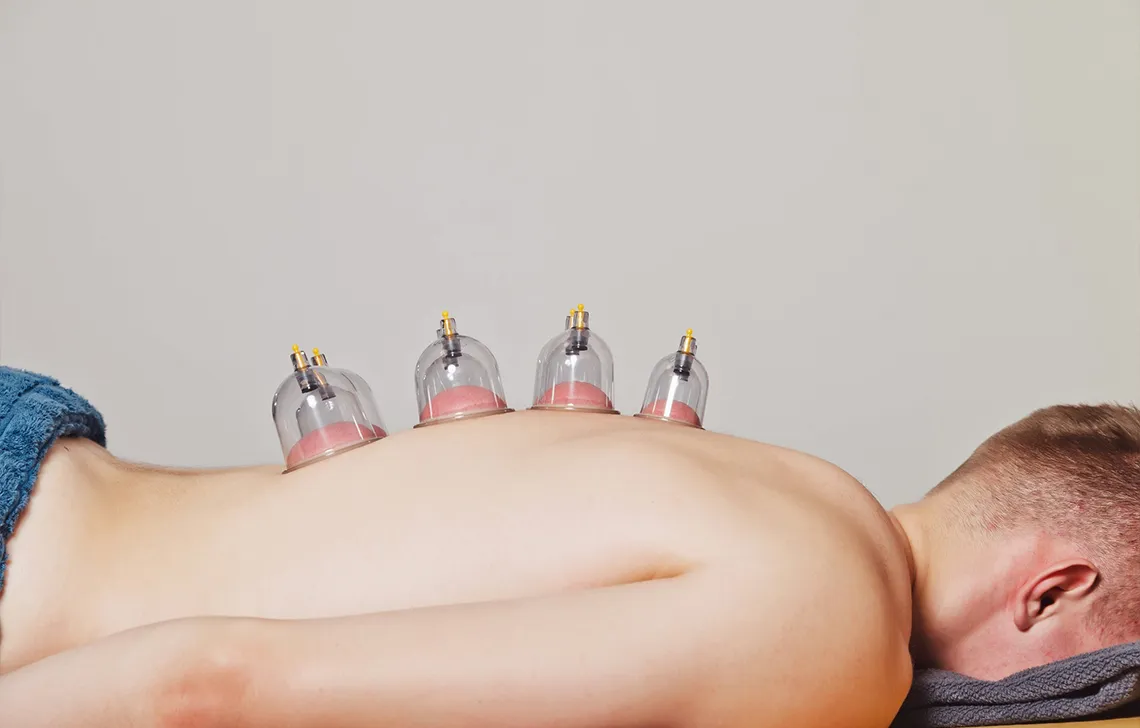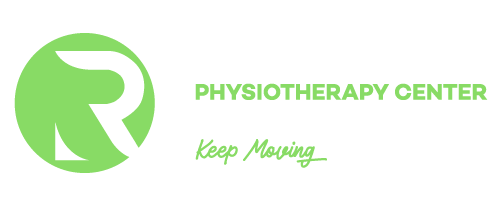Introduction:
Sports rehabilitation is an integral component of the recovery process from sports injuries, aiming to assist athletes in regaining their physical abilities and returning to sports safely and effectively. Physical therapy centers play a pivotal role in providing sports rehabilitation programs, offering qualified experts, advanced tools, and a suitable environment.
What is Sports Rehabilitation?
Sports rehabilitation is an individualized process tailored to each athlete, considering the type, duration, and severity of the injury, as well as the athlete’s fitness level and sporting goals.
Goals of Sports Rehabilitation:
- Pain and inflammation reduction: Rehabilitation programs strive to reduce pain and inflammation associated with the injury, creating a conducive environment for healing.
- Restoring joint range of motion: Rehabilitation exercises work to improve joint range of motion, enhancing the athlete’s ability to move naturally.
- Muscle strengthening: Rehabilitation exercises help strengthen the muscles surrounding the injured joint, improving its stability and support.
- Balance and coordination enhancement: Rehabilitation programs focus on improving balance and neuromuscular coordination, reducing the risk of re-injury.
- Safe return to sports: Rehabilitation programs are gradually designed to ensure a safe and effective return to sports, minimizing the risk of re-injury.
Stages of Sports Rehabilitation:
- Assessment: A physical therapist evaluates the athlete’s condition to determine the type, duration, and severity of the injury, along with their fitness level and sporting goals.
- Treatment plan development: Based on the assessment, an individualized treatment plan is created, encompassing specific exercises and other activities suitable for the athlete’s condition.
- Treatment plan implementation: The physical therapist works with the athlete to implement the treatment plan, monitoring their progress and adjusting the plan as needed.
- Gradual return to sports: The athlete is gradually reintegrated into sports activities, increasing the intensity of exercises over time.
- Follow-up: The athlete’s condition is monitored after returning to sports to ensure continued improvement and prevent complications.
Benefits of Sports Rehabilitation:
- Accelerated healing: Rehabilitation programs help accelerate the healing process from sports injuries, allowing athletes to return to sports faster.
- Reduced risk of re-injury: Rehabilitation exercises help strengthen muscles and improve balance and coordination, reducing the risk of re-injury.
- Enhanced sports performance: Rehabilitation programs help improve athletes’ sports performance by restoring their physical abilities and boosting their self-confidence.
- Injury prevention: Rehabilitation programs can aid in preventing future injuries by educating athletes on safe training practices and injury prevention techniques.
Conclusion:
Sports rehabilitation stands as a crucial component of the recovery process from sports injuries, playing a pivotal role in assisting athletes in regaining their physical abilities and returning to sports safely and effectively. Physical therapy centers offer tailored sports rehabilitation programs to meet the unique needs of each athlete, thanks to qualified experts, advanced tools, and a suitable environment.






